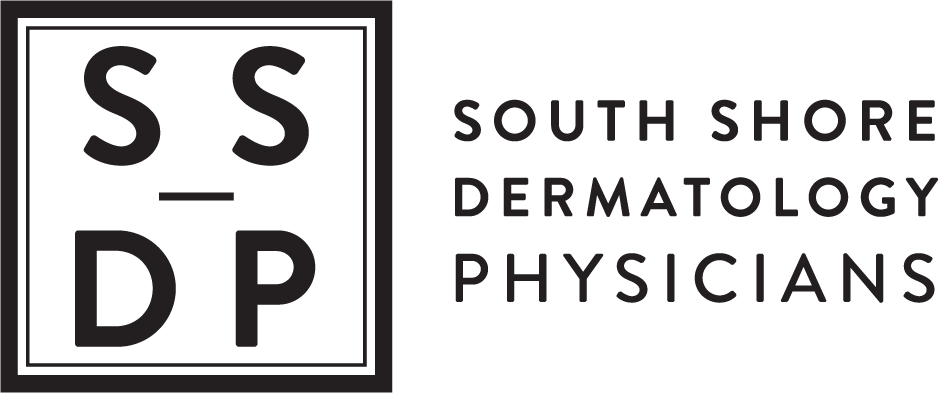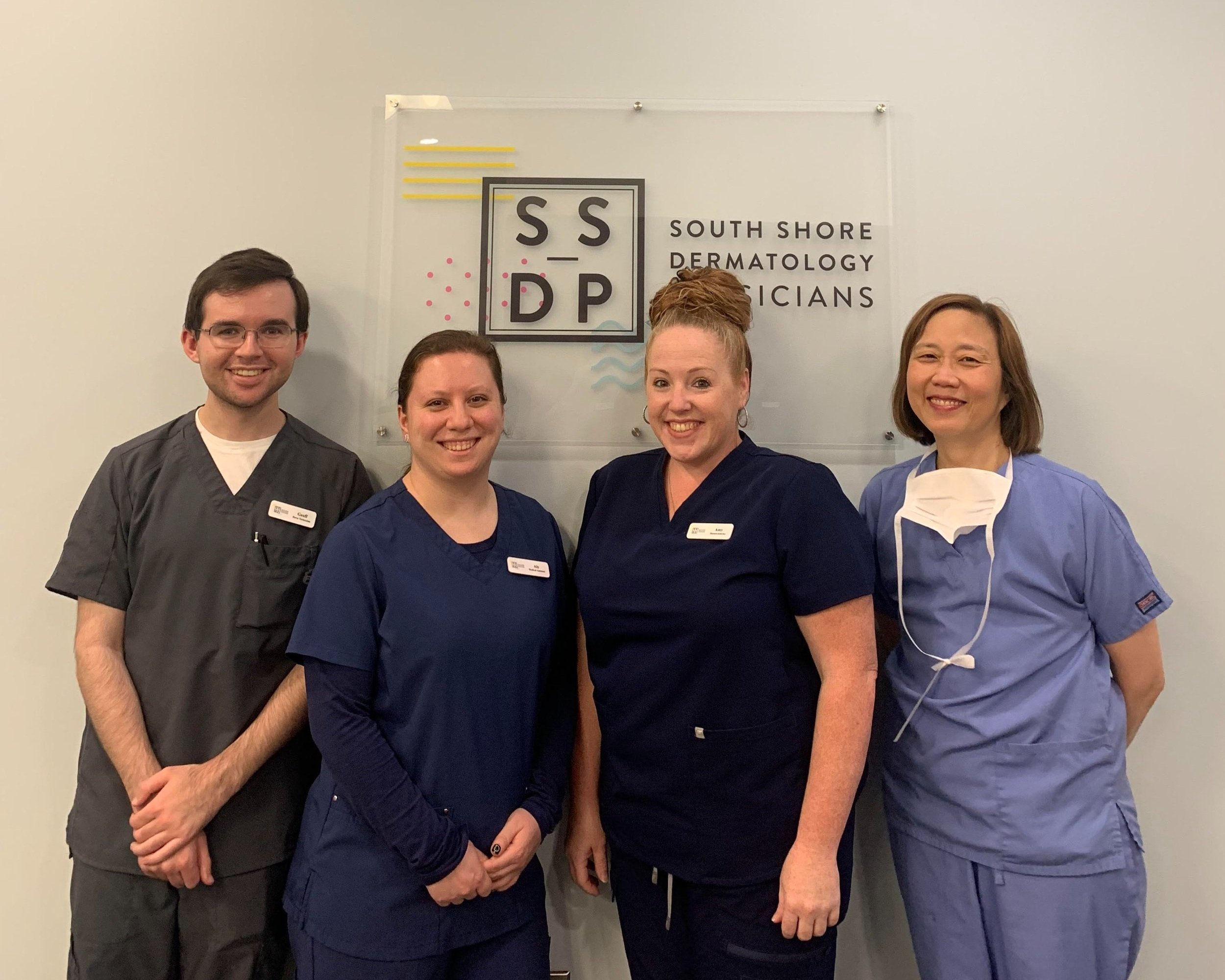What Is Mohs Surgery?
Mohs surgery is named after Dr. Frederick Mohs, who developed the technique in the 1930s. He initially used it to treat skin cancer by excising cancerous tissue layer by layer and examining each layer microscopically for cancer cells. This method allows for the complete removal of cancerous tissue while preserving as much healthy tissue as possible, making it particularly effective for certain types of skin cancer in areas where scar appearance matters the most.
Dr. Mohs's innovative approach has since become a standard treatment for specific non-melanoma skin cancers in high-risk and cosmetically significant areas of the body. Mohs surgery is also called Mohs micrographic surgery (MMS).
SSDP’s Dr. Kyung Hee Chang is double-board certified in Dermatology and MMS, enabling us to offer Mohs surgery to our patients in the comfort of our office.
Why is Mohs preferred by dermatologists?
Overall, Mohs surgery is an effective and precise method for treating skin cancer, often making it the preferred choice for skin cancer treatment.
MMS allows for the complete removal of cancer cells while preserving as much healthy tissue as possible.
Mohs surgery has one of the highest cure rates for skin cancers, often over 99% for primary tumors.
By conserving surrounding healthy tissue, Mohs surgery often results in better cosmetic outcomes.
What happens during Mohs surgery?
The Mohs surgeon takes thin slices of the skin cancer and marks the specimen for processing as a slide.
The surgeon and histotechnician (tissue-processing specialist) then create a slide and stain it in real time while the patient waits.
Once the slide is processed, the surgeon examines the specimen for complete removal of the cancer cells.
If clearance is not completed, another thin slice of tissue may be taken and this process is repeated.
By this method, the Mohs surgeon can take the least amount of tissue needed and still accomplish skin cancer clearance. Due to the marking and processing of the skin cancer in the form of a slide, the Mohs surgeon can go to precisely the location where the cancerous cells remain and remove a smaller piece of skin as needed. The number of samples taken by the Mohs surgeon is referred to as stages.
How do physicians become Mohs-certified?
To become a Mohs surgeon, a physician typically undergoes several years of specialized training. After obtaining a medical degree, a physician is required to complete their internship year, followed by three years in a highly competitive dermatology residency, where doctors gain expertise in medical, surgical, and cosmetic dermatology in addition to dermatopathology (skin pathology visualized by microscope). This culminates in a board-certification examination in dermatology.
Next, the dermatologist pursues a fellowship specifically in MMS and dermatologic oncology which can last one-to-two years. This fellowship provides specialized training in the Mohs technique, including further surgical, reconstructive, and pathology skills.
After completing their training, Mohs surgeons become board-certified in MMS and are double-board-certified. This extensive training ensures Mohs surgeons are highly skilled in the surgical removal of skin cancers, repairs of the areas of surgery, and diagnostic aspects of treating skin cancer.
Left to right: Geoff J. (Gap Year) Aly K. (MA), Amy D. (histotechnician), Dr. K. Chang (Mohs surgeon)
Introducing our Mohs surgery team
We're excited to highlight the incredible work of our Mohs Surgery Team:
Geoff, our dedicated scribe, plays a vital role by carefully documenting the procedures for the Mohs team, ensuring every step is recorded for the best possible patient care.
Aly, our skilled medical assistant, provides invaluable hands-on support to Dr. K. Chang during Mohs procedures. She expertly manages surgical instruments and equipment, helping to create a smooth and efficient surgical environment.
Amy, our talented histotechnician, is essential in the diagnostic process. She transforms tissue samples into microscope slides, allowing for precise analysis and diagnosis of skin conditions.
At the heart of this team is Dr. K. Chang, our Mohs surgeon, who specializes in removing visible skin cancer along with layers of surrounding skin. Each tissue sample is carefully examined to determine the extent of the cancer and ensure no remaining cells are left behind. Dr. K. Chang also specializes in reconstructive techniques, skillfully restoring both the appearance and function of the affected areas.
Dr. K. Chang says, “I got interested in Mohs because it is a really convenient outpatient service for patients with skin cancer to get pathology results and surgery done at the same time. I love it because I feel grateful every time I see someone's wound healing after successful treatment.”
Together, this dedicated team works seamlessly to provide top-notch care, ensuring that our patients receive the best possible treatment.
Any questions? Consult one of our board-certified dermatologists. Please contact SSDP to schedule an appointment with any of our physicians.
Co-Author Credit: Eric Goodney, SSDP Gap Year Team
Photo Credit: Sandrine Perez, SSDP Gap Year Team


